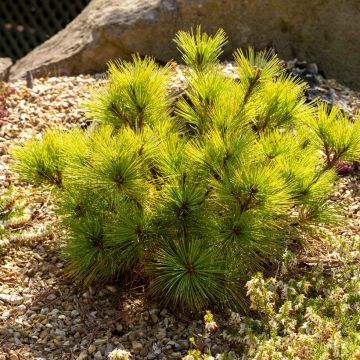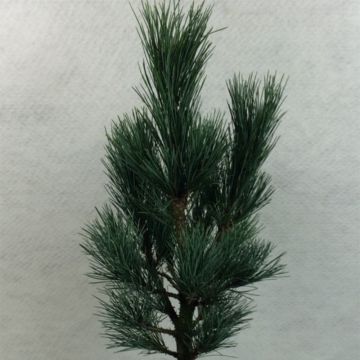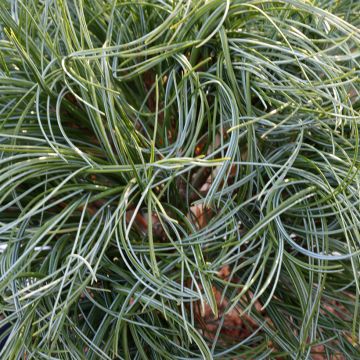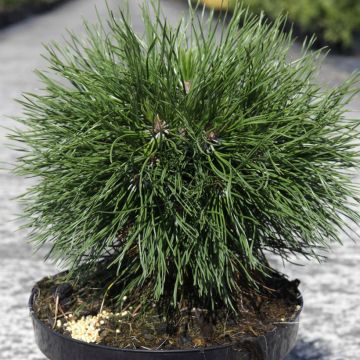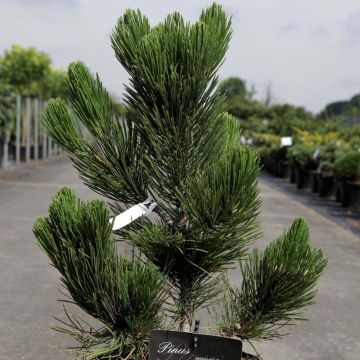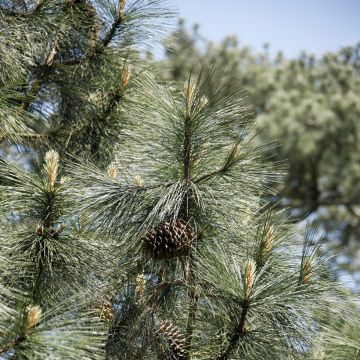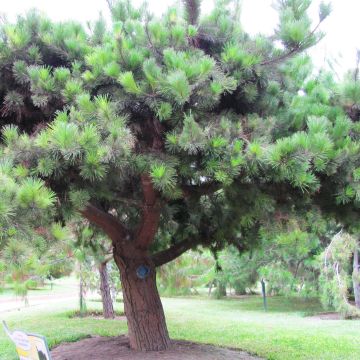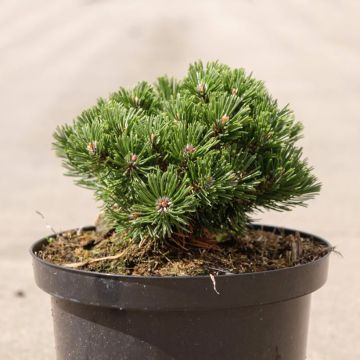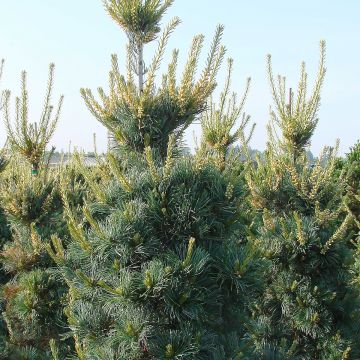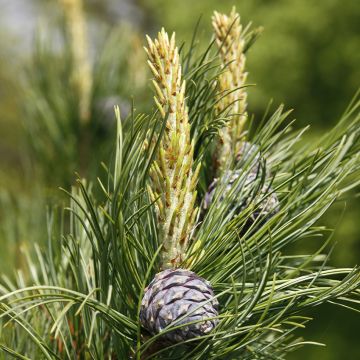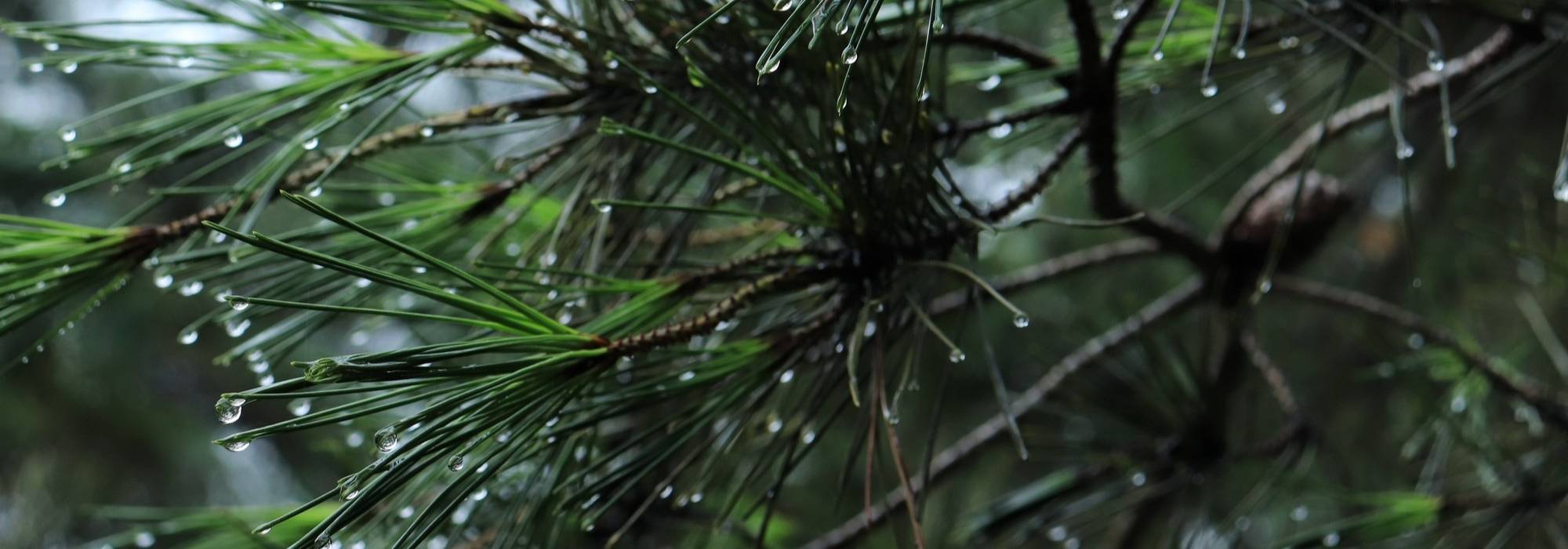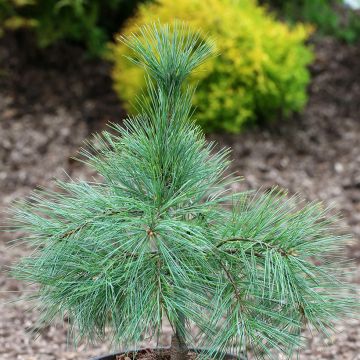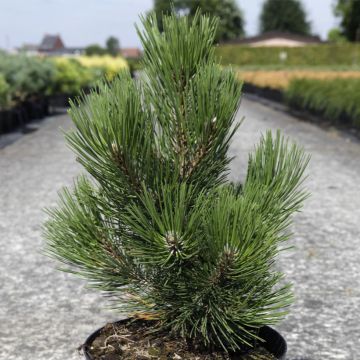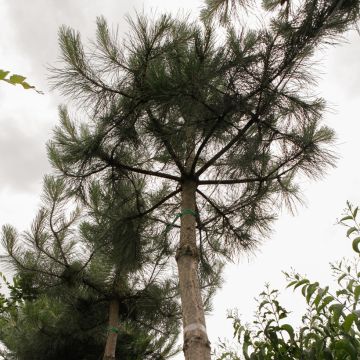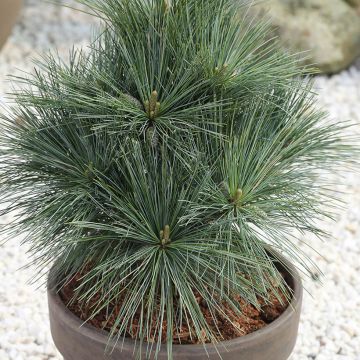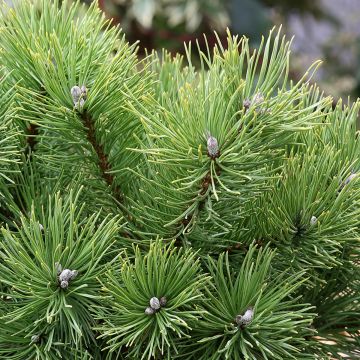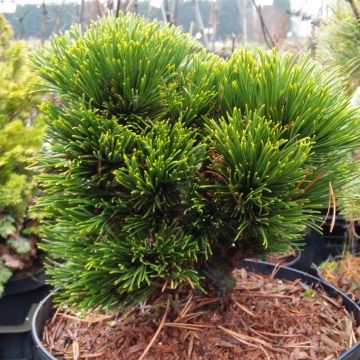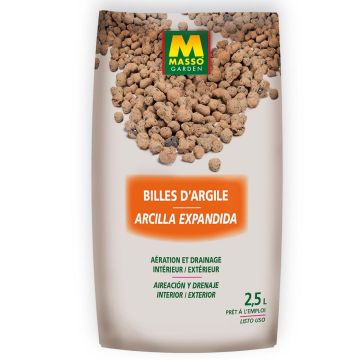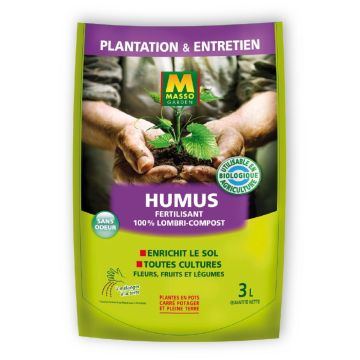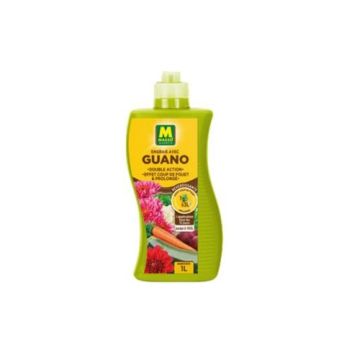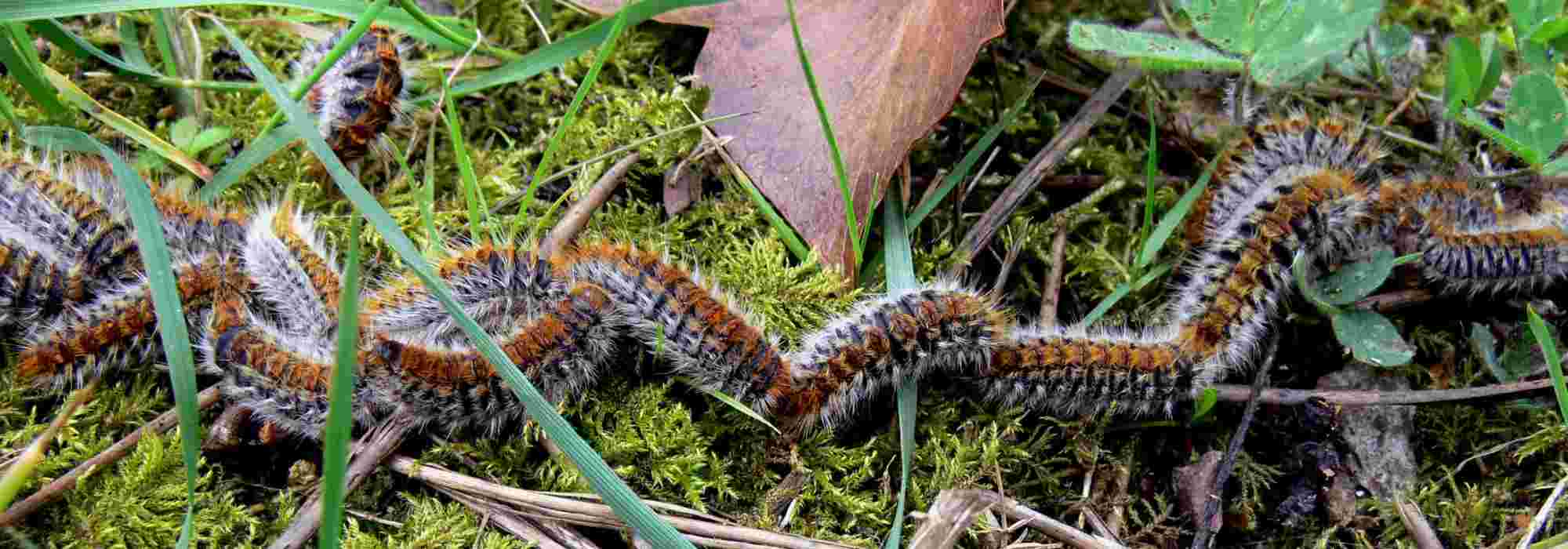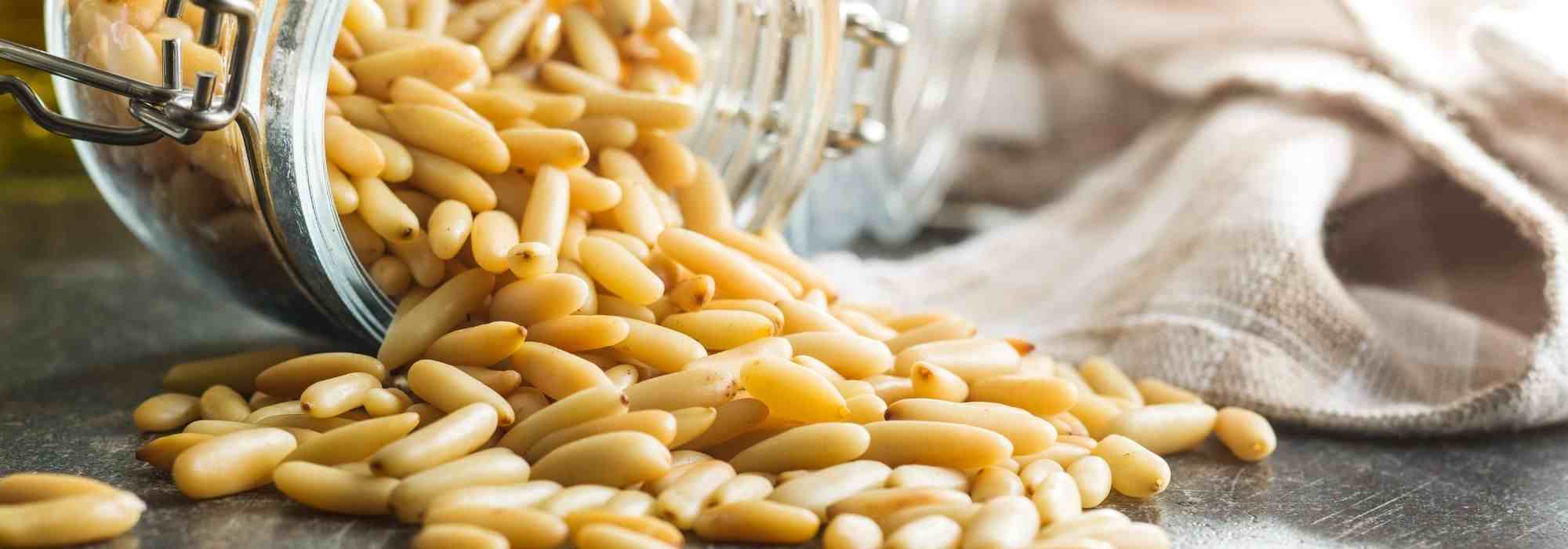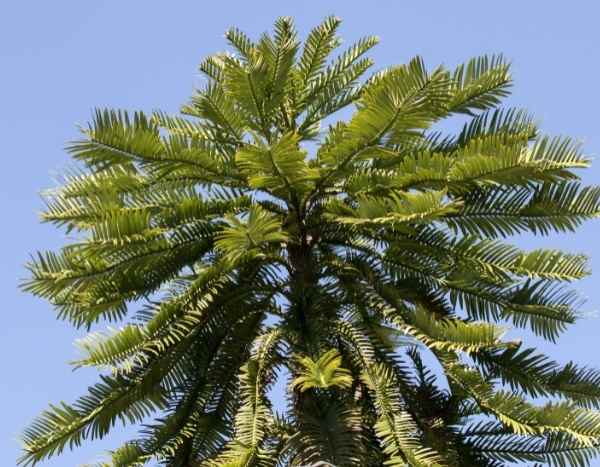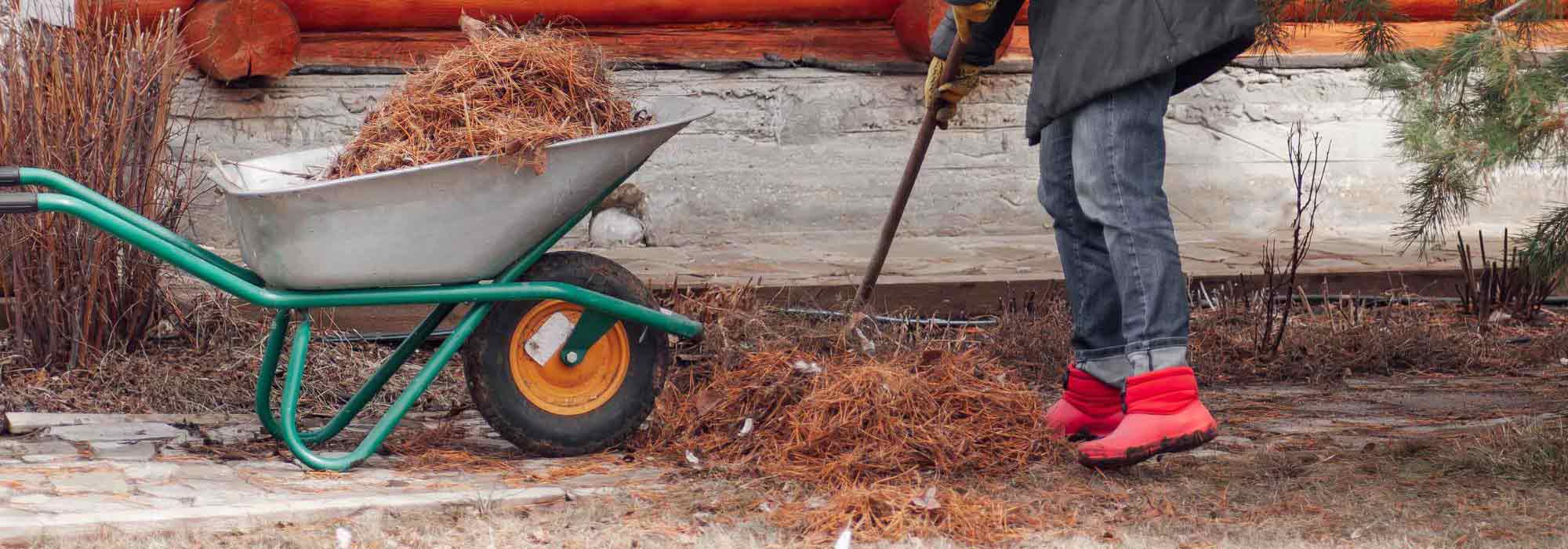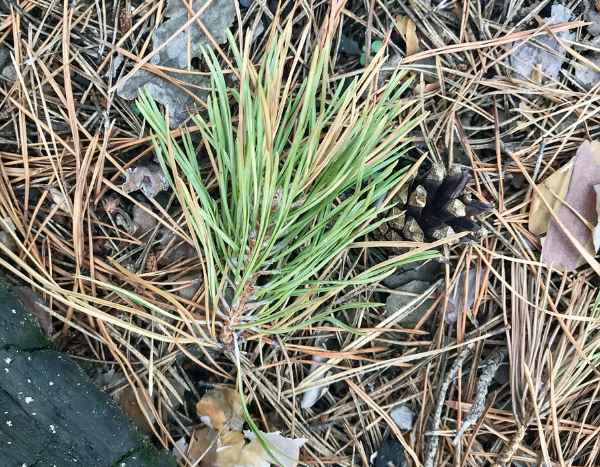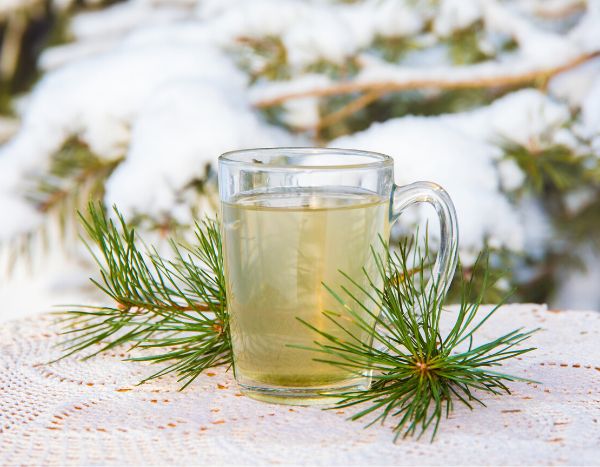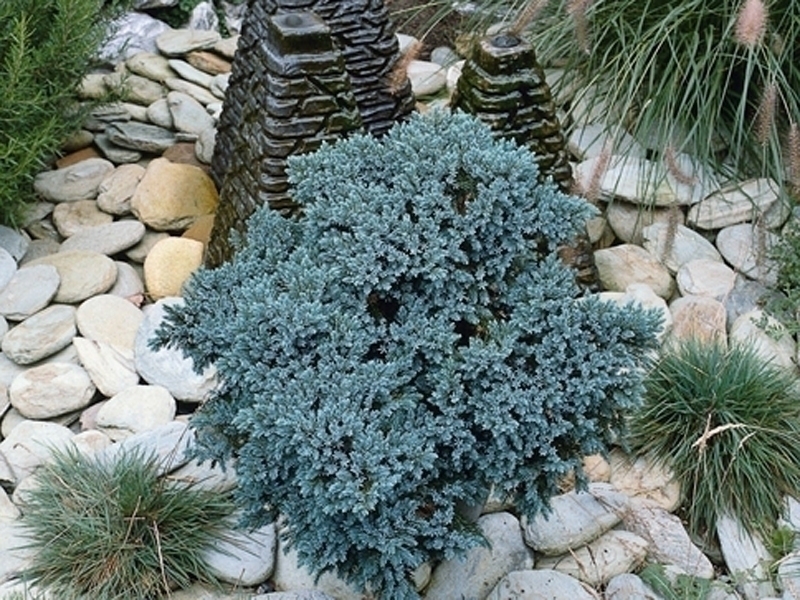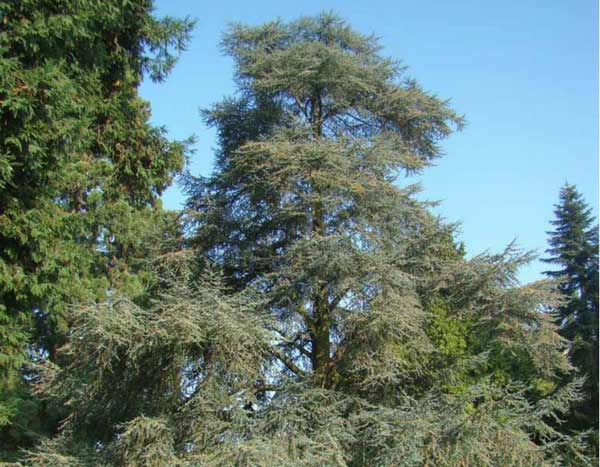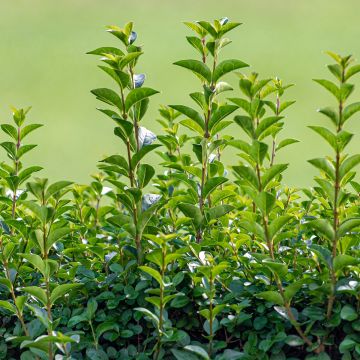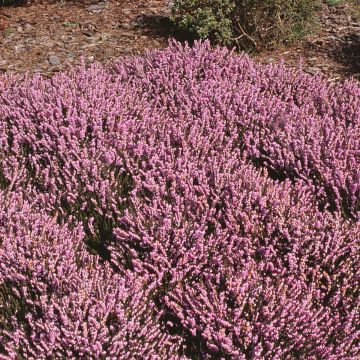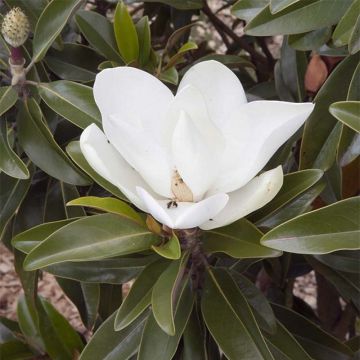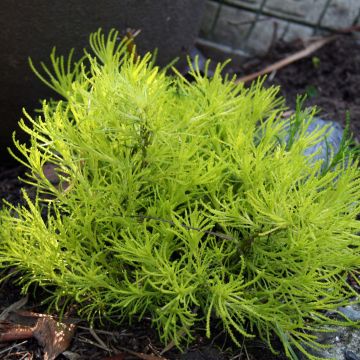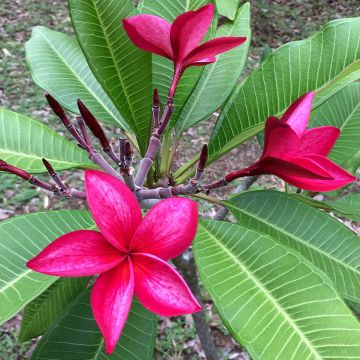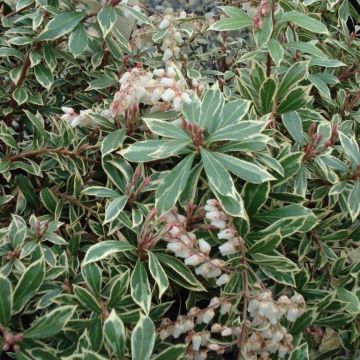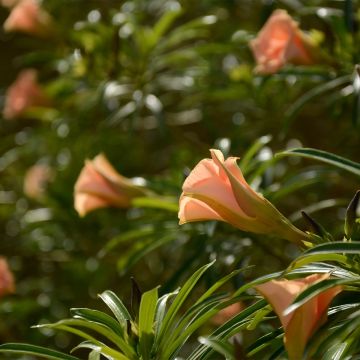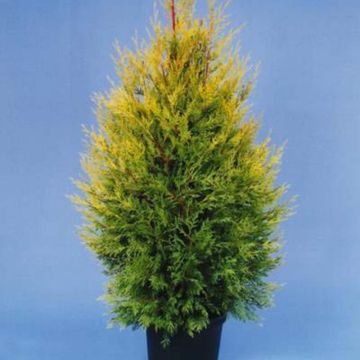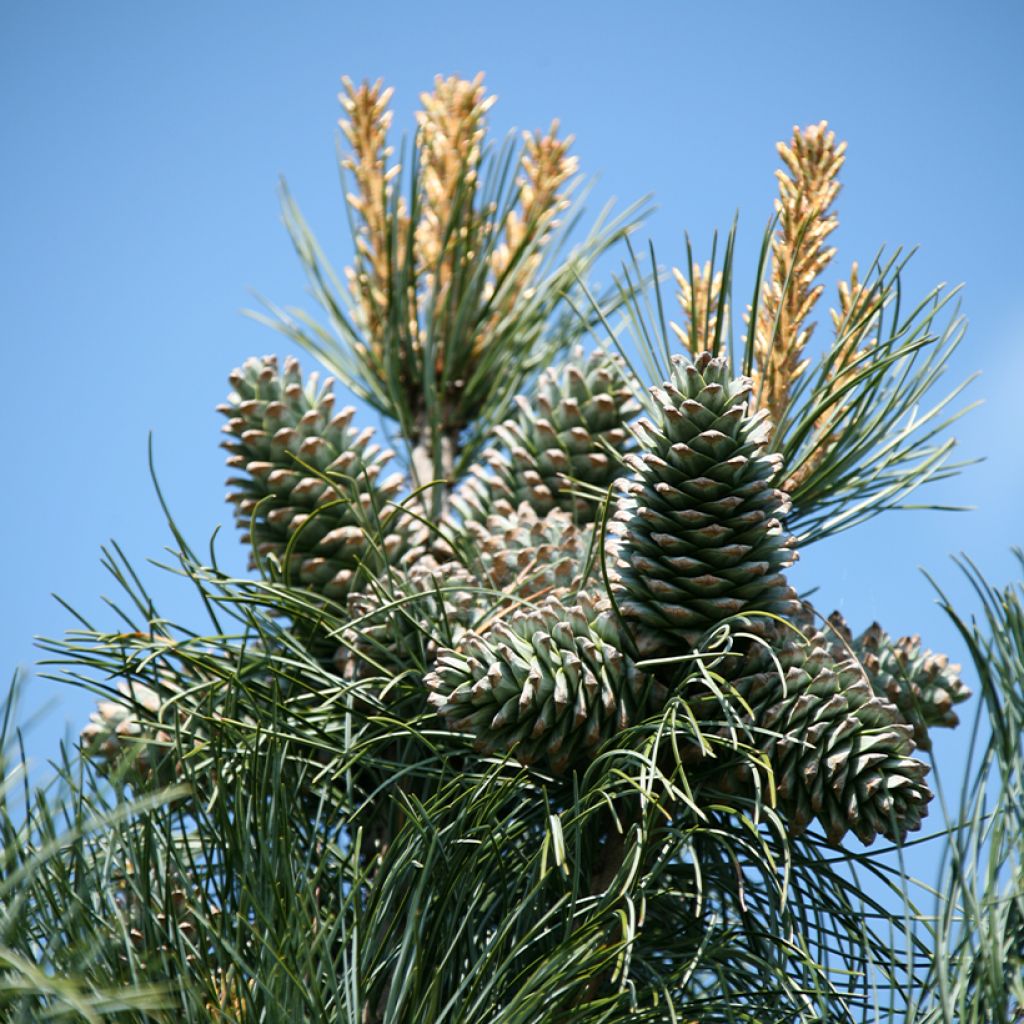

Pinus koraiensis Silveray - Korean white pine
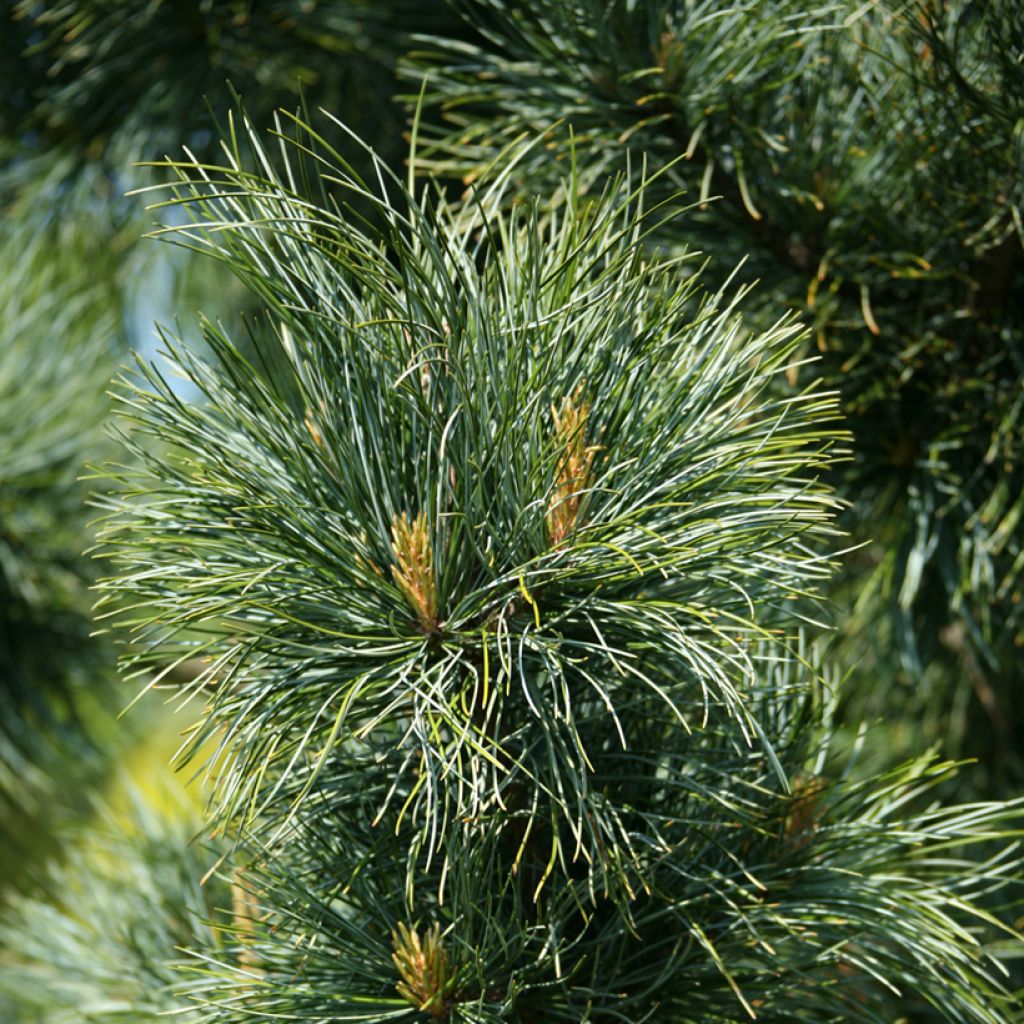

Pinus koraiensis Silveray - Korean white pine
Pinus koraiensis Silveray - Korean white pine
Pinus koraiensis Silveray
Korean pine
Special offer!
Receive a €20 voucher for any order over €90 (excluding delivery costs, credit notes, and plastic-free options)!
1- Add your favorite plants to your cart.
2- Once you have reached €90, confirm your order (you can even choose the delivery date!).
3- As soon as your order is shipped, you will receive an email containing your voucher code, valid for 3 months (90 days).
Your voucher is unique and can only be used once, for any order with a minimum value of €20, excluding delivery costs.
Can be combined with other current offers, non-divisible and non-refundable.
Why not try an alternative variety in stock?
View all →This plant carries a 24 months recovery warranty
More information
We guarantee the quality of our plants for a full growing cycle, and will replace at our expense any plant that fails to recover under normal climatic and planting conditions.
Would this plant suit my garden?
Set up your Plantfit profile →
Description
Pinus koraiensis 'Silveray' is a variety of Korean White Pine with a beautiful, erect and slender form, rather narrow and irregular. Its most remarkable characteristic is perhaps its long twisted needles in shades of blue, silver, white and green that appear on the tree at the same time, giving an overall silvery and sparkling appearance. This conifer deserves a prime location in the garden, either as a single specimen or in a group of several plants. Not very demanding, it prefers sun and well-drained, rather moist soils, and tolerates drought relatively well once established.
The Korean White Pine or Pinus koraiensis is a plant from the Pinaceae family. It is a pine species native to Korea, Japan, Siberia and Manchuria. In its natural habitat, it produces seeds or pine nuts, rich in oil, six or seven years after planting, compared to fifteen years for other Korean pines. These pine nuts are consumed by villagers. Under their canopy grows ginseng, also harvested by local communities. Korean White Pine forests are threatened by illegal logging and could disappear within 15 years according to WWF if the current rate of degradation does not decrease.
'Silveray' is a lush selection discovered in Germany in the 1970s. It is a slow-growing evergreen tree, with a narrow pyramidal shape, which can reach 3 m in height and 1 m in width at the age of 10, and 9 m in height by 3 m in width at maturity. Its branches are more or less horizontal or ascending, and the twigs are short. Its long green and silvery bicoloured needles twist, giving a silvery appearance to the whole. It produces fist-sized, very scaly cones resembling pineapples, which start green and end up brown. It can start producing cones from a height of 1.5 metres.
Korean White Pines are relatively unknown to gardeners and still rare in cultivation. They are cold-resistant and adaptable to soil as long as it is properly drained. 'Silveray' is a superb specimen that stands out when planted alone. It can also be planted in groups to create a dense privacy screen. It charms with its colour, texture and unusual shape. It blends well with rocks in the garden. It can be associated in a Japanese garden with bamboos and Japanese Forest Grass Hakonechloa macra, in a very "zen" spirit. In a contemporary garden, the architectural qualities of conifers naturally stand out thanks to the aesthetics of their shapes and the quality of their textures. These plants with reassuring permanence can structure a flower bed, mark pathways and enhance the garden in winter. The key is to play with volumes and colours.
Plant habit
Flowering
Foliage
Botanical data
Pinus
koraiensis
Silveray
Pinaceae
Korean pine
Pinus koraiensis var. glauca
Cultivar or hybrid
Other Pinus - Pine
View all →Planting and care
Plant Pinus koraiensis 'Silveray' from September to November and from February to June in ordinary soil, even poor, sandy, or chalky, but well-drained and not too dry. Choose a sunny location or at the very least partially shaded in a warm climate. Soak the root balls well before planting. Add organic matter to the planting hole and water generously for the first two years, especially during prolonged dry spells. In very poor soil, consider applying a special conifer fertiliser every year in April and hoe the soil in summer. This very hardy conifer (to -20°C at least) does not mind wind and adapts to poor soils, but dislikes waterlogged soils in winter and summer heatwaves.
Planting period
Intended location
Care
Planting & care advice
This item has not been reviewed yet - be the first to leave a review about it.
Similar products
Haven't found what you were looking for?
Hardiness is the lowest winter temperature a plant can endure without suffering serious damage or even dying. However, hardiness is affected by location (a sheltered area, such as a patio), protection (winter cover) and soil type (hardiness is improved by well-drained soil).

Photo Sharing Terms & Conditions
In order to encourage gardeners to interact and share their experiences, Promesse de fleurs offers various media enabling content to be uploaded onto its Site - in particular via the ‘Photo sharing’ module.
The User agrees to refrain from:
- Posting any content that is illegal, prejudicial, insulting, racist, inciteful to hatred, revisionist, contrary to public decency, that infringes on privacy or on the privacy rights of third parties, in particular the publicity rights of persons and goods, intellectual property rights, or the right to privacy.
- Submitting content on behalf of a third party;
- Impersonate the identity of a third party and/or publish any personal information about a third party;
In general, the User undertakes to refrain from any unethical behaviour.
All Content (in particular text, comments, files, images, photos, videos, creative works, etc.), which may be subject to property or intellectual property rights, image or other private rights, shall remain the property of the User, subject to the limited rights granted by the terms of the licence granted by Promesse de fleurs as stated below. Users are at liberty to publish or not to publish such Content on the Site, notably via the ‘Photo Sharing’ facility, and accept that this Content shall be made public and freely accessible, notably on the Internet.
Users further acknowledge, undertake to have ,and guarantee that they hold all necessary rights and permissions to publish such material on the Site, in particular with regard to the legislation in force pertaining to any privacy, property, intellectual property, image, or contractual rights, or rights of any other nature. By publishing such Content on the Site, Users acknowledge accepting full liability as publishers of the Content within the meaning of the law, and grant Promesse de fleurs, free of charge, an inclusive, worldwide licence for the said Content for the entire duration of its publication, including all reproduction, representation, up/downloading, displaying, performing, transmission, and storage rights.
Users also grant permission for their name to be linked to the Content and accept that this link may not always be made available.
By engaging in posting material, Users consent to their Content becoming automatically accessible on the Internet, in particular on other sites and/or blogs and/or web pages of the Promesse de fleurs site, including in particular social pages and the Promesse de fleurs catalogue.
Users may secure the removal of entrusted content free of charge by issuing a simple request via our contact form.
The flowering period indicated on our website applies to countries and regions located in USDA zone 8 (France, the United Kingdom, Ireland, the Netherlands, etc.)
It will vary according to where you live:
- In zones 9 to 10 (Italy, Spain, Greece, etc.), flowering will occur about 2 to 4 weeks earlier.
- In zones 6 to 7 (Germany, Poland, Slovenia, and lower mountainous regions), flowering will be delayed by 2 to 3 weeks.
- In zone 5 (Central Europe, Scandinavia), blooming will be delayed by 3 to 5 weeks.
In temperate climates, pruning of spring-flowering shrubs (forsythia, spireas, etc.) should be done just after flowering.
Pruning of summer-flowering shrubs (Indian Lilac, Perovskia, etc.) can be done in winter or spring.
In cold regions as well as with frost-sensitive plants, avoid pruning too early when severe frosts may still occur.
The planting period indicated on our website applies to countries and regions located in USDA zone 8 (France, United Kingdom, Ireland, Netherlands).
It will vary according to where you live:
- In Mediterranean zones (Marseille, Madrid, Milan, etc.), autumn and winter are the best planting periods.
- In continental zones (Strasbourg, Munich, Vienna, etc.), delay planting by 2 to 3 weeks in spring and bring it forward by 2 to 4 weeks in autumn.
- In mountainous regions (the Alps, Pyrenees, Carpathians, etc.), it is best to plant in late spring (May-June) or late summer (August-September).
The harvesting period indicated on our website applies to countries and regions in USDA zone 8 (France, England, Ireland, the Netherlands).
In colder areas (Scandinavia, Poland, Austria...) fruit and vegetable harvests are likely to be delayed by 3-4 weeks.
In warmer areas (Italy, Spain, Greece, etc.), harvesting will probably take place earlier, depending on weather conditions.
The sowing periods indicated on our website apply to countries and regions within USDA Zone 8 (France, UK, Ireland, Netherlands).
In colder areas (Scandinavia, Poland, Austria...), delay any outdoor sowing by 3-4 weeks, or sow under glass.
In warmer climes (Italy, Spain, Greece, etc.), bring outdoor sowing forward by a few weeks.






























